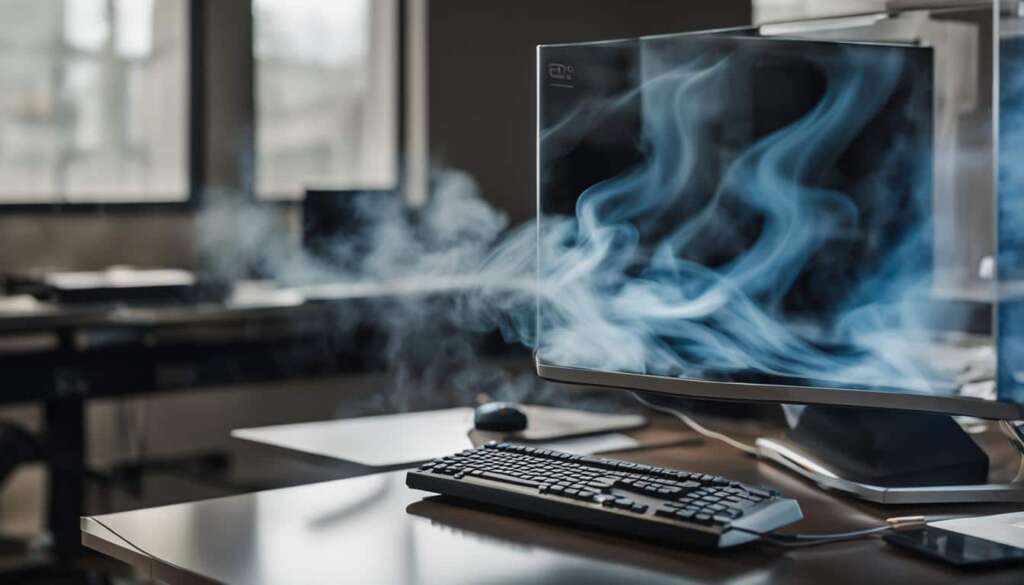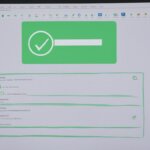Table of Contents
In software development, ensuring stability is of utmost importance. The process of quality assurance (QA) plays a critical role in achieving software stability. Smoke testing is a crucial preliminary check in the QA process that assesses whether the critical functionalities of the software are working as expected.
The term “smoke test” originated from the hardware testing concept of turning on a device, and verifying if it begins to smoke or not. Similarly, in software development, a smoke test serves as a quick verification process to detect potential issues before proceeding with further, more complex testing activities.
Smoke testing helps teams identify defects early in the development cycle, making it a valuable aspect of software testing. It is an essential test case that validates the stability of the software’s build and acts as an early warning system for identifying major issues that may cause system failure.
Key Takeaways
- Smoke testing is a critical preliminary check in the QA process that assesses whether the critical functionalities of the software are working as expected.
- This testing methodology involves testing the core functionalities of the software and is performed before detailed testing.
- Smoke testing helps teams identify defects early in the development cycle, making it a valuable aspect of software testing.
- Smoke testing acts as an early warning system for identifying major issues that may cause system failure.
- Conducting smoke testing before proceeding with further testing phases minimizes the number of issues that arise post-production.
The Basics of Smoke Testing
Smoke testing is a preliminary check performed on software to verify that basic functionalities and critical components are working correctly. It involves a set of tests conducted on a new build or update of a software application, looking for failures in functionality that may impede further testing. The main objective of smoke testing is to ensure that the software is stable enough for further testing.
The importance of smoke testing lies in its ability to save time, effort and cost associated with software development. By identifying issues early, a project can avoid the pitfalls of extensive rework, delay in release and the added pressure of fixing issues during the later stages of development. Therefore, incorporating smoke testing into your QA process is essential to ensure software stability.
“Smoke testing is not intended to be an in-depth test, but rather a surface level check to ensure that the critical components of the software are working.”
Conducting a Smoke Test in QA
Conducting a smoke test is an essential part of the QA process that helps ensure software stability. Here, we will explore the steps involved in conducting a smoke test and the key factors to consider during the process.
Setting Up a Smoke Test
Before conducting a smoke test, it is crucial to ensure that the test environment and the application build are stable. The test environment should resemble the target environment as closely as possible. It is also essential to identify the most critical functionalities to be tested.
The following are the steps involved in setting up a smoke test:
- Identify the critical functionalities to be tested.
- Develop and review the test plan.
- Set up the test environment.
- Verify that the application build is stable.
Executing a Smoke Test
After setting up the smoke test, it is time to execute it. The following are the steps involved in executing a smoke test:
- Run the test scripts for the identified critical functionalities.
- Verify that the results are as expected.
- Identify and report any failures.
It is vital to monitor the execution status of the smoke test continually. If a failure occurs, appropriate personnel should be notified immediately so that action can be taken to resolve the issue.
Benefits of Smoke Testing in QA
By conducting a smoke test early on in the development process, potential issues can be identified and corrected before they become more significant problems. This can significantly reduce the risk of software instability or failure in the future.
Moreover, incorporating smoke testing into the QA workflow can improve the efficiency of the testing process and allow for faster debugging and issue resolution.
To summarize, conducting a smoke test is a crucial step in ensuring software stability. By following the steps outlined above and considering the key factors involved, QA teams can incorporate this preliminary check into their workflow and reap the benefits of a more efficient and effective testing process.
Conclusion
In conclusion, implementing smoke testing in your QA processes is crucial for ensuring software stability. By conducting a preliminary check through smoke testing, potential issues can be identified and resolved early on in the development process, saving time and resources in the long run.
Smoke testing should be approached as an integral part of the QA workflow, with careful consideration given to setting up and executing the test. By incorporating smoke testing into your QA processes, you can increase the overall quality of your software and minimize the risk of errors or issues arising.
To summarize, smoke testing is an essential component of the QA process, helping to maintain software stability and minimize potential issues. By consistently conducting a smoke test before proceeding with further testing, you can ensure that your software is working as intended and deliver a quality product to your users.
FAQ
What is smoke testing in QA?
Smoke testing in quality assurance (QA) is a preliminary check carried out on software to ensure its stability. It involves running a set of basic tests to quickly identify any major issues that may hamper further testing or deployment.
Why is smoke testing considered a preliminary check?
Smoke testing is considered a preliminary check because it focuses on verifying the critical functionalities of the software. It helps identify any show-stopping issues early on, allowing the QA team to address them before proceeding with more comprehensive testing phases.
How do you conduct a smoke test in QA?
To conduct a smoke test in QA, you need to follow certain steps. First, select a build or version of the software to test. Then, define a set of essential test cases that cover the core functionalities. Execute these tests and analyze the results. If all critical functionalities pass successfully, the build is considered stable for further testing.
What are the benefits of incorporating smoke testing into the QA workflow?
Incorporating smoke testing into the QA workflow offers several benefits. It helps identify important issues early on, saving time and effort during the testing phase. It also improves the overall quality and stability of the software by catching critical bugs before they impact the user experience. Additionally, it provides a quick feedback loop for developers and testers, enabling faster iteration cycles.
Why is smoke testing important for software stability?
Smoke testing is important for software stability because it allows for the early detection of major issues that could potentially hinder the overall performance and functionality of the software. By conducting a smoke test, QA teams can ensure that the core features of the software are working as expected before proceeding with more extensive testing.
How does smoke testing contribute to quality assurance?
Smoke testing is an integral part of quality assurance. It helps ensure that the software being tested meets the minimum requirements for stability before progressing to further test phases. By catching major issues early on, it allows QA teams to provide valuable feedback to developers and ensure that the final product meets high-quality standards.












